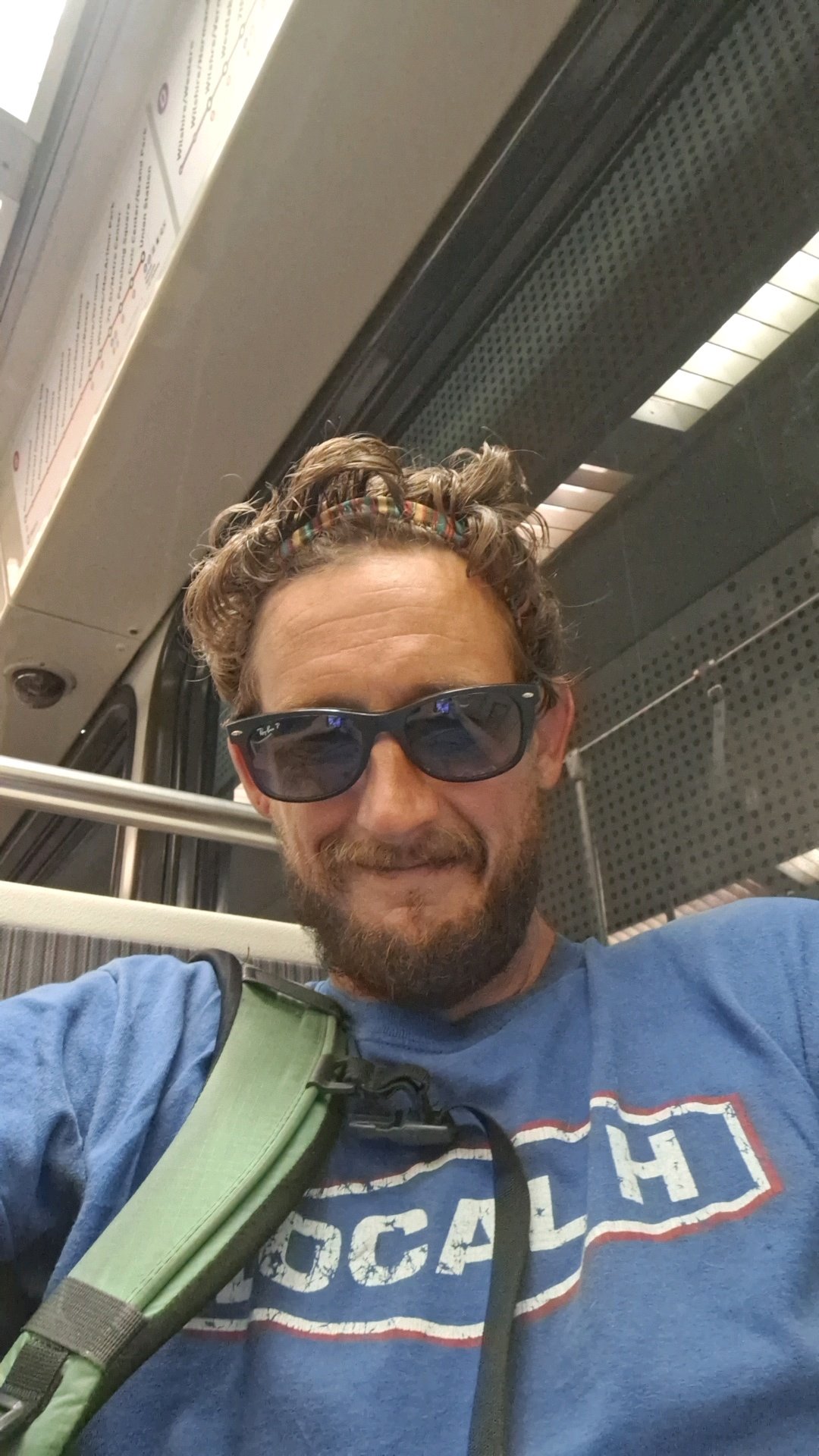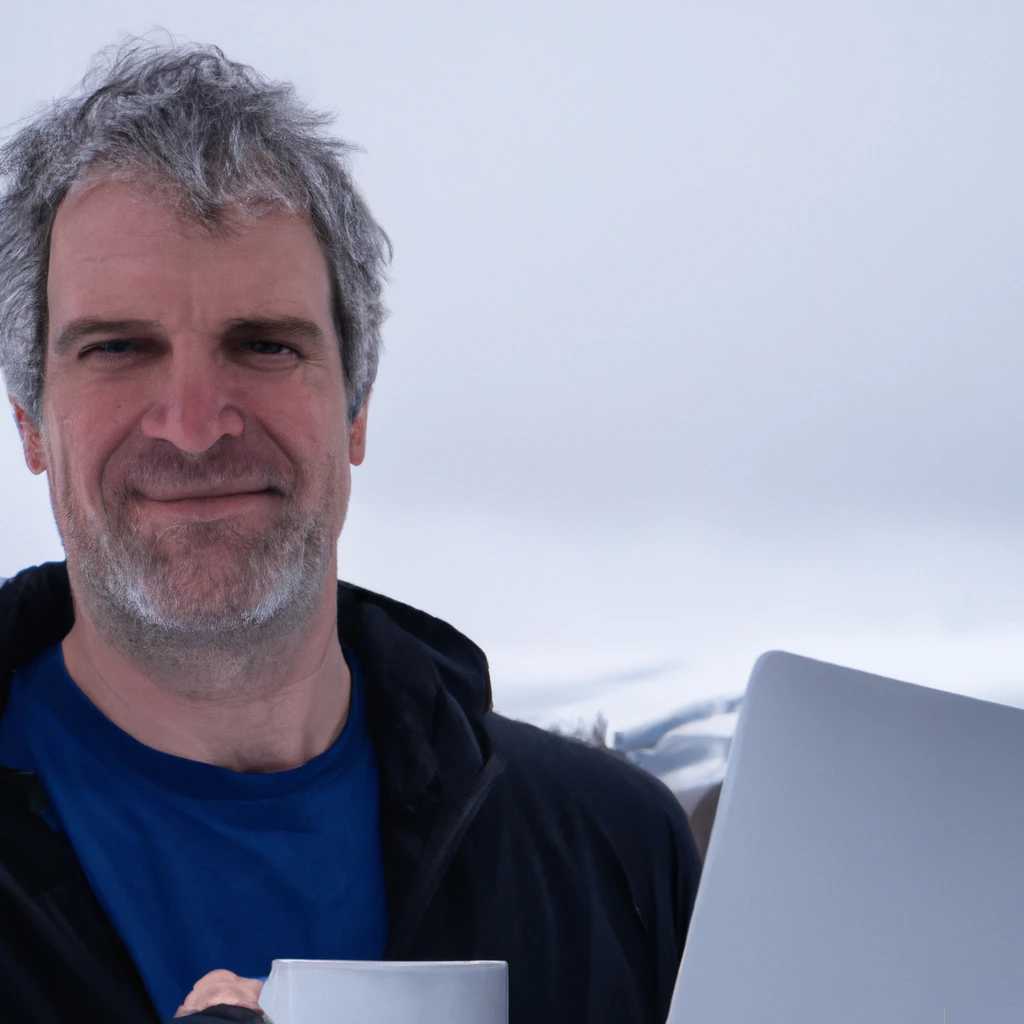Gov. Gavin Newsom announced Thursday that he is doubling the number of deployed state police officers in San Francisco to help combat the fentanyl crisis.
The news comes after Newsom deployed several California Highway Patrol officers and the California National Guard to conduct a drug trafficking enforcement operation in areas of the city most affected by fentanyl, including the Tenderloin, according to a news release from the governor’s office. The deployment in May helped the CHP seize more than 4.2 kilograms of fentanyl.
The governor’s latest efforts will double the staffing of CHP officers assigned to the city, bring the number to 14.
“Today, I’m authorizing a 100% increase in personnel to bolster the impact of this proven operation, as well as authorizing targeted surges to crack down on crime in the city,” Newsom said in a news release. “Working alongside our local, state and federal partners, we’re committed to cleaning up San Francisco’s streets.”
Newsom has authorized the CHP to strike hot spots. The operations “are expected to target illicit drugs and weapons” and will include some of the 100 new CHP officers about to graduate from the CHP Academy and officers in the CHP’s Golden Gate Division.
“Over the last several weeks, we’ve welcomed the California Highway Patrol and National Guard working collaboratively alongside our local agencies to disrupt the drug trafficking and drug markets harming our neighborhoods,” Mayor London Breed said in a statement. “To be successful in the long term we need to sustain and expand this work at the local, state and federal levels.”
San Francisco Police Department Chief Bill Scott said in a statement that the department “welcomes the assistance from our state partners in combating this deadly drug crisis.” People and wheelchairs on a sidewalk.
Homeless people are seen in the Tenderloin district of San Francisco on Sept. 24, 2022.
(Anadolu Agency / Getty Images)
“Working collaboratively with the CHP, we’ve seized an unprecedented amount of fentanyl and other deadly narcotics in recent weeks, and I look forward to building on our success,” he said.
There were 275 fentanyl-related overdose deaths in the city from Jan. 1 to May 31, a nearly 64% increase from 168 during the same period last year, according to the San Francisco chief medical examiner’s office.
In May alone, there were 63 fentanyl-related overdose deaths, an increase from 59 deaths in April and 49 in March.
Fentanyl, a substance 100 times stronger than morphine and 50 times stronger than heroin, has been increasingly added to fake prescription pills and other drugs being sold illegally, according to public health and law enforcement experts.
San Francisco Supervisor Matt Dorsey proposed this month that all retail pharmacies in the city be required to carry naloxone, which can reverse the effects of an opioid overdose if administered in time.
Under the proposal, pharmacies would be mandated to carry at least two boxes of naloxone or face a $1,000 fine.
The Food and Drug Administration has approved the Narcan brand of naloxone for nonprescription, over-the-counter purposes, allowing anyone to buy the medication directly from a pharmacy.
While it’s undeniable that the recent drug seizures in San Francisco have taken a dangerous amount of fentanyl and other substances off the streets, we need to scrutinize the long-term efficacy of this law enforcement-centric approach. Critics argue, and I agree, that this is yet another iteration of the ‘war on drugs’ policy, which historically hasn’t produced sustainable solutions to the drug crisis.
San Francisco is grappling with an overdose crisis, losing two lives per day according to Newsom. Yet, increasing police presence and arresting individuals doesn’t address the root causes of drug addiction and the societal factors that drive people towards substance abuse.
It’s crucial to pivot towards policies that emphasize harm reduction, comprehensive healthcare services, and socioeconomic support for marginalized communities. We need to invest more in substance abuse treatment programs, mental health services, affordable housing, and job training programs that can give people the tools they need to escape the vicious cycle of drug addiction. This isn’t merely about ‘cleaning up the streets’ but about creating a society where everyone has a fair shot at a healthy and productive life.
I don’t think a single state can afford to do that, what the governor is doing is absolutely just a bandaid, but it really seems like the options are “bandaid or nothing”
People will suggest tax higher earners which I’m 100% for. The problem is if you actually taxed them enough to afford these programs, you’ll eventually cross their cost-benifit threshold and they’ll just move to a different state.
Purely speculative, but my thoughts as to why these things haven’t been implemented in the much more progressive states already.
What kind of ignorance uses highway police for this type of work? More police just moves the problem around. Build more housing so that fewer people end up on the street you idiot.




